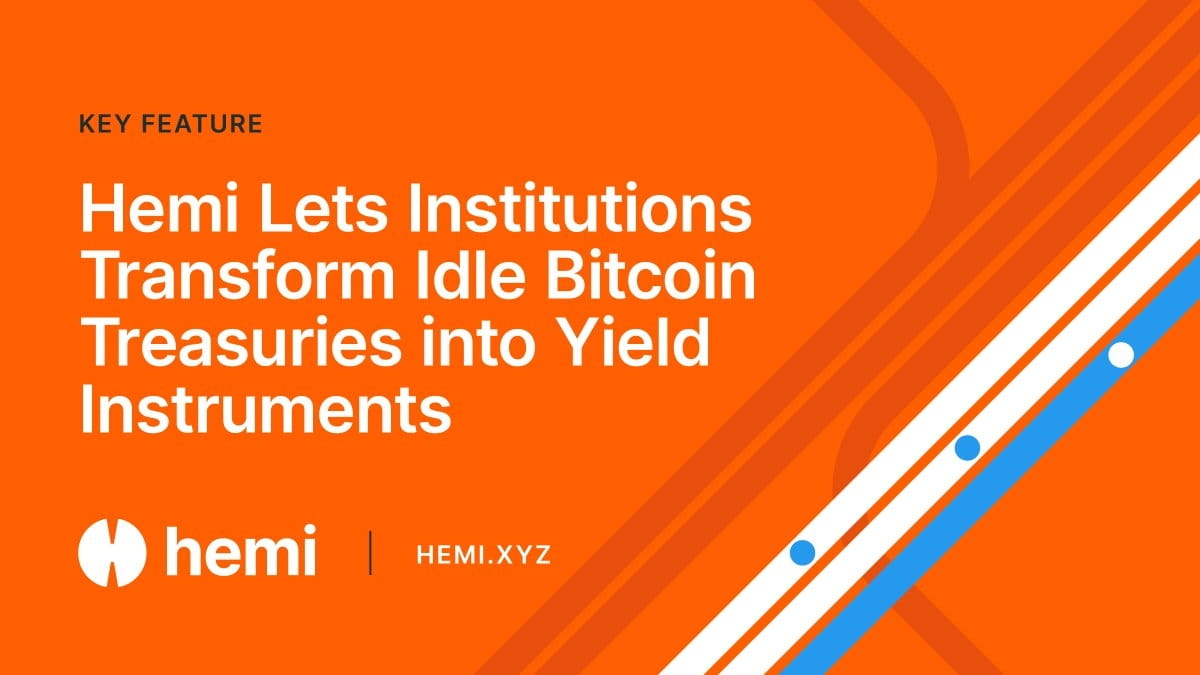Today I sat down to review the liquidity charts on DeFiLlama and realized that the race between Hemi and Solana is becoming one of the most interesting stories of 2025.
@Hemi #HEMI
This project represents two very different development directions in DeFi. One side focuses on connectivity and modularity, while the other pursues speed and user experience.
Solana has long demonstrated that speed can change how users approach blockchain.
With over 65,000 TPS and transaction fees of just a few cents, Solana has almost no rivals in the retail user segment. Protocols like Jito, Kamino, MarginFi, and Meteora have helped Solana become the largest liquidity center outside of Ethereum.
But behind that power is a technical limitation that is hard to avoid. Solana is a single-chain blockchain, where all activities are processed in the same environment. This makes the network faster but complicates scaling to other chains.
When wanting to connect with assets from Ethereum or Bitcoin, Solana still needs centralized bridges, which bring security risks and higher costs.
This is precisely the gap that Hemi is stepping into. Instead of building a single blockchain,$HEMI it chooses to become the infrastructure layer connecting Bitcoin and Ethereum. It does not compete directly but seeks to connect the two largest worlds of crypto, paving the way for the natural movement of assets and liquidity without wrapped tokens or complex bridges.
What’s special about Hemi lies in its modular architecture. Each part of the system, such as execution, settlement, or data availability, is separated and optimized independently.
This approach helps Hemi ensure speed while maintaining security and transparency by directly anchoring data to Bitcoin.
As a result, Hemi not only becomes the scaling solution for Ethereum but also the intersection between cross-chain assets and data. With EVM compatibility and Bitcoin script at the same time,
Hemi allows for the creation of new DeFi applications such as collateralized loans in BTC or farming with multi-chain assets.
While Solana still has a significant advantage in the number of users and liquidity, it faces trust issues from organizations.
Investment funds and financial institutions always prioritize transparency and reliability. The fact that Solana has experienced downtime multiple times makes them more cautious. Meanwhile, Hemi is built on the security foundation of Bitcoin, which is highly valued by traditional finance.
I think this is why Hemi is attracting attention from large funds and tier-1 DeFi projects.
It is not just a new blockchain but a platform for other protocols to operate above. If Solana is where the current capital flow is circulating, then Hemi is where institutional capital will flow in the future.
However, Solana is still significantly ahead. A large community, a well-developed ecosystem, and rapid development speed make it still the default choice for retail users.
As Hemi is still in the expansion phase, attracting builders and integrating with large funds to prepare for a bigger leap.
What I like about Hemi is its long-term vision. It is not just building a chain but is shaping a globally decentralized financial structure where every layer of infrastructure can communicate.
Solana focuses on speed. Hemi focuses on coordination. Two different directions, but both are necessary for the maturation of DeFi.
Looking at the big picture, I believe that DeFi 2025 will not just be about yield or farming anymore. It will be the story of capital efficiency, security, and connectivity.
In that picture, Solana can continue to maintain its leading position in terms of users, while Hemi can become a foundational layer for institutional DeFi.
I hope this article helps you better understand the two development directions shaping the market. One side is speed and UX, while the other is architecture and sustainability.
Solana may continue to lead this growth season, but Hemi is quietly becoming the foundational infrastructure layer for the new generation of DeFi where Bitcoin, Ethereum, and the traditional financial world can coexist in a unified ecosystem.





